Maximize your business
potential with Atlassian Cloud
Still thinking if Atlassian Cloud is the right platform
for your business? See 4 reasons why migrating will
bring success and efficiency to your business.


1. Scale faster and more affordably in the cloud
With cloud technology, you will be able to grow without some major tech hiccups along the way. Traditionally, scalability with on-premise installations is very limited and expensive, as an advance planning is required in order to adjust the processing capacity of the server. Moving to cloud lets you skip all of the manual steps of scaling on-premise by letting you scale both up and down automatically. If autoscaling is not what you are looking for, cloud also offers different scaling options to suit your business needs.
On-premise vs. cloud scaling options
Scaling on-prem
1. Need Identified
2. Request additional resources
3. Decide whether horizontal or
vertical scaling meets your needs
4. Calculate how many additional
resources are needed
5. Approval process (may involve multiple teams, management + financial decision)
6. Approval
7. Purchase new resources
8. Install new resources
Possible downtime, cost avg. $5,600/minute
Automatic cloud scaling
1. Automatic
(systems respond dynamically)
Manual cloud scaling
1. Need identified
2. Request resources
3. Approval process
4. Contact vendor
Scheduled cloud scaling
1. Plan ahead
2. Review historial/ planned usage
3. Identified peak/ low times
4. Establish plan with vendor
Retrieved from Atlassian

On-premise iceberg

2. Increase profits and reduce
admin costs
There is a misconception about the extremely high costs associated with cloud. It is true that cloud will almost always be a more expensive short-term investment. However, in a long-term view, the value of your company can be enhanced. According to a study by Office 365, migrating to cloud and ditching an on-prem environment represents an average of 20% overall cost savings. Forget about those complex tasks such as maintenance, updates (SW/HW) or security and privacy and rely those
responsibilities on Atlassian.
3.Improve speed and performance
Better network performance
A poor network management will result in loss of clients. With cloud, you can increase the speed of service to your current customers and avoid extra costs related to attracting new customers.
Automatic performance upgrades
This type of update ensures there is no lag time in getting to that better performance and operate without falling behind your competitors.
Standardization
Moving to cloud is the perfect excuse to optimize internal processes and get rid of those no longer needed.
Automatic scaling and load-balancing
With automatic scaling in cloud, processing power can scale up as high as it needs to in order to handle unexpected spikes in use.
4. Future-proof your team
Cloud is no longer a differentiator, it is a strategic requirement to ensure long-term success. Cloud gives you instant access to the latest features, security upgrades and bug fixes on a regular basis. This way, your team can easily keep up with these changes, increasing their agility and competitiveness.


Migrating to cloud might be a risky path, but with the help of bit2bit Americas, Atlassian Platinum Enterprise Solution Partner and Cloud Specialized Partner, we assure you to consolidate the digital future of your business.


Start your cloud migration now!
